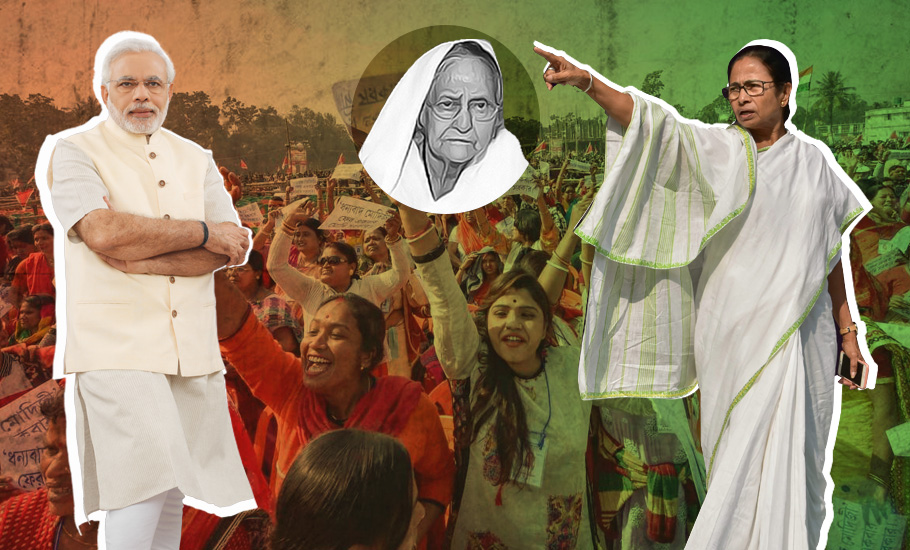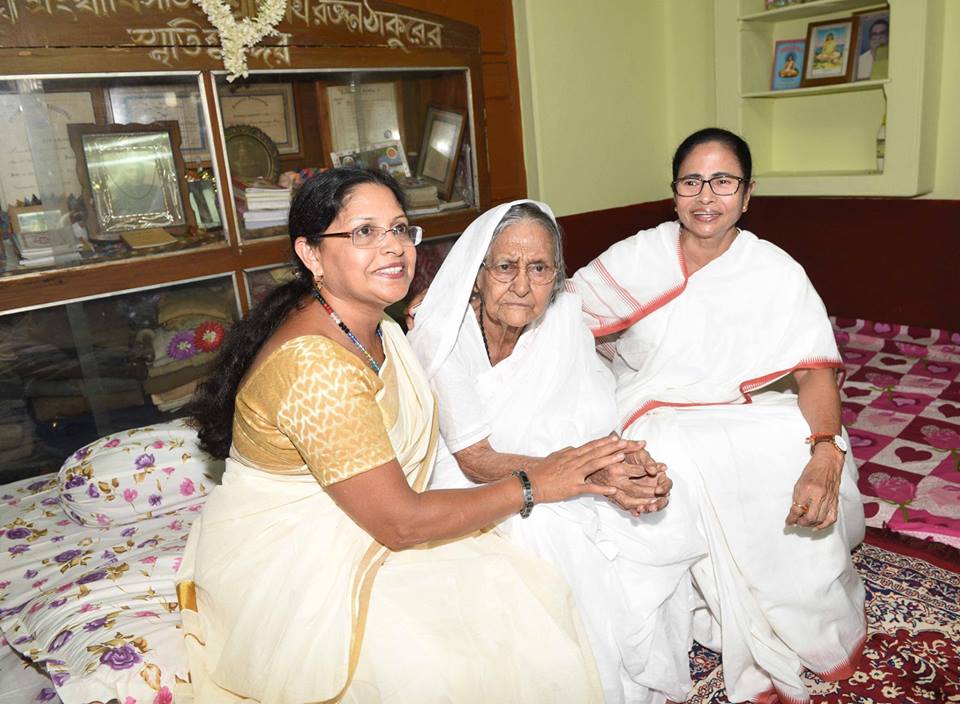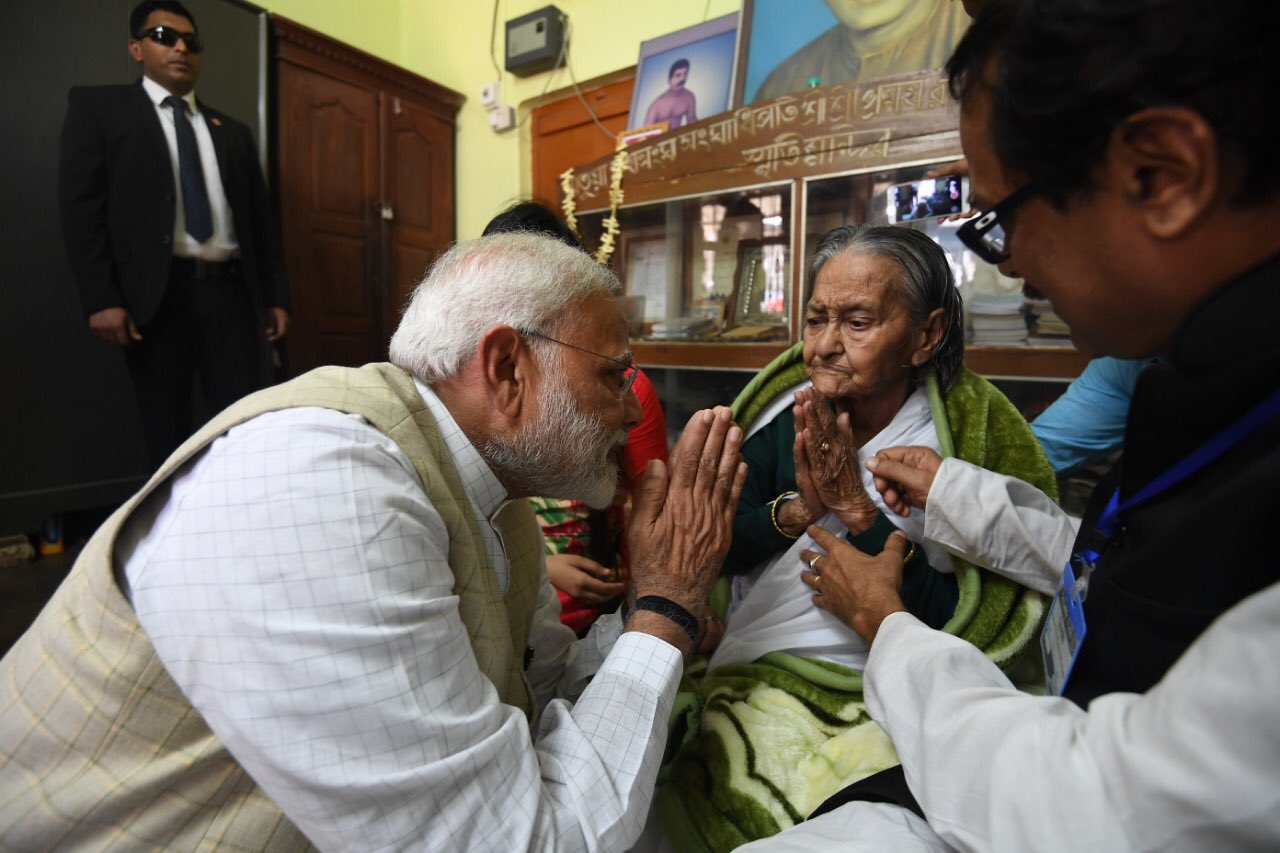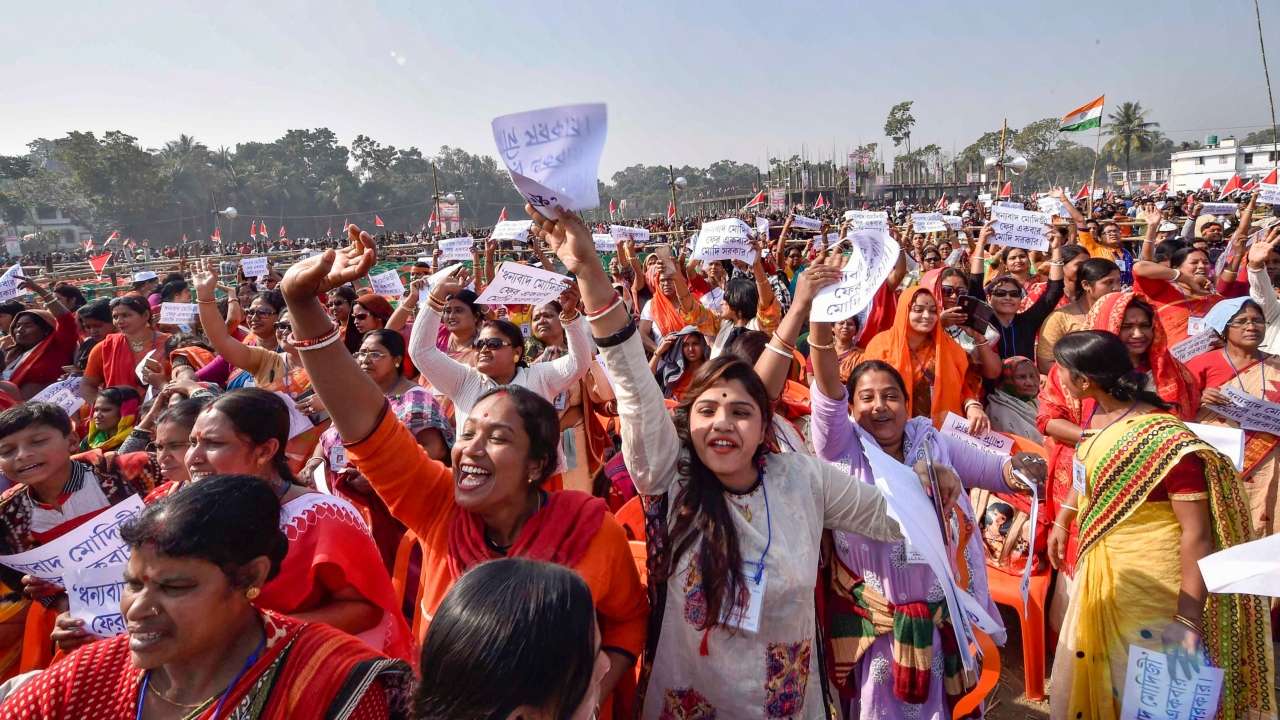
- Home
- News
- Analysis
- States
- Perspective
- Videos
- Education
- Entertainment
- Elections
- Sports
- Features
- Health
- Budget 2024-25
- Business
- Series
- Bishnoi's Men
- NEET TANGLE
- Economy Series
- Earth Day
- Kashmir’s Frozen Turbulence
- India@75
- The legend of Ramjanmabhoomi
- Liberalisation@30
- How to tame a dragon
- Celebrating biodiversity
- Farm Matters
- 50 days of solitude
- Bringing Migrants Home
- Budget 2020
- Jharkhand Votes
- The Federal Investigates
- The Federal Impact
- Vanishing Sand
- Gandhi @ 150
- Andhra Today
- Field report
- Operation Gulmarg
- Pandemic @1 Mn in India
- The Federal Year-End
- The Zero Year
- Premium
- Science
- Brand studio
- Newsletter
- Home
- NewsNews
- Analysis
- StatesStates
- PerspectivePerspective
- VideosVideos
- Entertainment
- ElectionsElections
- Sports
- Features
- BusinessBusiness
- Premium
- Loading...
Premium - India-Canada ties

BJP’s Bengal blueprint threatens the hegemony of ‘bhadralok’
The Matua community in West Bengal, with their influential population, holds a strong political base that the BJP and Trinamool look to tap.

Around 65 kilometres northeast of Kolkata near the Indo-Bangladesh border lies Thakurnagar, a small dusty town with its narrow roads criss-crossing densely populated localities flanked by haphazard and prosaic structures. The mundaneness of the place, however, belies its present political importance which has drawn to itself during recent elections bigwigs such as Prime Minister Narendra Modi...
Around 65 kilometres northeast of Kolkata near the Indo-Bangladesh border lies Thakurnagar, a small dusty town with its narrow roads criss-crossing densely populated localities flanked by haphazard and prosaic structures.
The mundaneness of the place, however, belies its present political importance which has drawn to itself during recent elections bigwigs such as Prime Minister Narendra Modi and Chief Minister Mamata Banerjee.
The town in North 24 Parganas district takes its name from Harichand Thakur, a spiritual leader and a social reformer who started the Matua movement among the so-called backward Namasudra community in present-day Bangladesh in the mid-19th century against Brahminical domination.
After the partition of India, Harichand’s great grandson Pramatha Ranjan Thakur founded the settlement as a Namasudra refugee colony in 1947-48.
The house of the Thakurs or Thakurbari (as it is referred to) and the temple therein has developed into a major pilgrimage centre for Matuas, largely settled in the state’s seven districts of Nadia, North and South 24-Parganas, Hooghly, Cooch Behar, Jalpaiguri and Burdwan.
The importance of being Matuas
The community constitutes the majority of the state’s over 2.14 crore Scheduled Caste population that accounts for 23.51 per cent of the West Bengal’s total population and can influence results in as many as 74 of the 295 Assembly constituencies.
Even in colonial Bengal the Namasudras formed one of the largest Hindu caste groups and wielded considerable political influence as had been demonstrated in the 1937 elections for the Bengal legislative Council.
In the hustings, the Matua Mahasangha-backed independent candidates won majority of the 30 seats reserved for the depressed community (as the SC community was then called).
To prevent the so-called upper-caste dominated Congress from coming to power, the community backed Abul Kasem Fazlul Huq’s Krishak Praja Party of Muslim peasantry and forged a Dalit-Muslim alliance as a formidable political force.
After the partition, a section of the Bengal’s SC community led by Jogendranath Mandal allied with the Muslim League arguing that the community’s interest would be better protected by Muslim rulers rather than any party predominated by caste Hindus.
Mandal eventually went on to become the first law and labour minister of Pakistan, just as another Dalit icon Bhimrao Ambedkar became the first law minister of India.

The first family of Matuas—the Thakurs—however had no such notion about Pakistan and set up their base in what is now Thakurnagar.
The community migrated to India in successive waves— the first after the 1947 partition of Bengal, then after the 1954 communal riots in the then East Pakistan, then in 1971 during the Bangladesh liberation war and the fourth and the most recent was following the 1992 Bangladesh pogroms orchestrated after the demolition of Babri Masjid in Ayodhya by a Hindu mob.
The partition, which displaced both the perceived upper and lower castes, changed the narrative of victimhood in post-colonial West Bengal, pointed out historian Sekhar Bandyopadhyay.
Upper caste domination
The shift in priority diminished the influence of caste resistance in the state’s political space despite the continuation of the upper-caste domination in every sphere. But unlike in the Hindi heartland states, the domination is never overt or violent. It is subtle but omnipresent.
Just take this example. As per a 2018 paper titled ‘Isolated by Caste: Neighbourhood-Scale Residential Segregation in Indian Metros’, published by the Indian Institute of Management Bangalore, 60 per cent of Kolkata’s neighbourhoods do not have any Dalit residents. In fact, a third of the SC/ST population of Kolkata reside in a cluster of eight of the city’s 141 wards.
Sociologist Ashis Nandy’s at the Jaipur lit fest in 2013 aptly pointed out that in the last 100 years nobody from the other backward classes (OBCs), the backward classes, the scheduled castes and scheduled tribes have come to power in West Bengal.
All the chief ministers of West Bengal, majority of their cabinet colleagues, social heroes, movie stars, sports icons are all from the so-called forward class trinity of Brahmins, Baidyas and Kayasthas, who together constitute the self-adulated “Bhadralok” stratum.

For context, the state’s present chief minister is a Brahmin, so is the state’s biggest sporting icon Sourav Ganguly or matinée idol Prosenjit Chatterjee. Two of the living Noble laureates of the state Amartya Sen (Baidya) and Abhijit Banerjee (Brahmin) also belong to the dominant castes.
Most top leaders of opposition parties barring BJP state president Dilip Ghosh are from the elitist “Bhadralok” stratum. Sample this: CPI (M) state secretary Surjya Kanta Mishra is a Brahmin, Congress’s Adhir Ranjan Chowdhury is a Kayastha. Dilip Ghosh belongs to the OBC Sadgop caste (cowherds like Yadavs). However, many Kayasthas take the Ghosh surname. For example Aurobindo Ghose, the nationalist philosopher saint.
BJP’s caste calculations
Dilip Ghosh’s elevation from an RSS pracharak from the state’s tribal-dominated Jangalmahal area to BJP’s possible chief ministerial face in West Bengal is part of the party’s larger strategy of caste-based social engineering comprising SC, ST and Hindu OBC. The SC comprises 23 per cent of the state’s population, ST six per cent while the OBC constitutes a whopping 39 per cent. However, 21.5 per cent of them are Muslims. Brahmins, Baidyas and Kayasthas together comprise about 20 per cent of the state’s Bengali Hindu population.
And there lies the importance of Matuas and their Mecca, the dusty Thakurnagar.
Ever since the BJP set its eyes on Bengal, it has been aggressively wooing the Matuas, the largest and politically the most active SC community.
Ironically, the political revival of the Matuas in post-partition Bengal started with their demand to repeal the Citizenship Amendment Act, 2003 introduced by the then BJP-led government headed by Atal Bihari Vajpayee. They saw the Act as an attempt to deny citizenship to those refugees who migrated to India after the Bangladesh war in 1971.
Thanks to the efficacy of the BJP’s spin doctors, the party is now positioning itself as a champion of the Matua cause, holding aloft the contentious Citizenship (Amendment) Act as a protective shield for the community.
How ostentatiously the BJP is trying to court the community can be gauged from the fact that last month Union home minister Amit Shah dashed a letter to Tripura Chief Minister Biplab Dev directing him to take immediate action against some posts made on social media purportedly degrading revered figures of the Matua community.

Earlier in the virtual rally addressed for the Bengal in June, Shah took a jibe at the state chief minister asking “Mamataji, don’t you think people from the Matua and Namasudra community should get citizenship?” The taunt was an oblique reference to the Trinammol Congress’s opposition to the CAA.
In another apparent bid, the BJP last month sent soil from Thakurnagar for ‘bhoomi pujan’ of the proposed Ram temple in Ayodhya.
What TMC is doing
It’s not that the TMC is oblivious to the community’s political importance. It was Mamata Banerjee who started wooing the community long before the BJP emerged as a political force to reckon with in the state.
The community’s backing was credited to a certain extent for her coming to the power, dethroning the Left Front government in 2011. After forming the government, Banerjee granted land pattas and regularised Matua communities.
Pramatha Ranjan Thakur’s widow Binapani Devi had even made Banerjee the chief patron of the Matua Mahasangha. However, slowly things started changing course. Binapani Devi, reverently called Boroma by her followers, blessed Modi only a month before she died last year following a publicised and politically loaded pranam the prime minister offered to the matriarch.
The BJP’s win last year in the Bangaon parliamentary constituency—of which Thakurnagar is a part—has been particularly seen as a dent in the TMC’s Matua vote bank so diligently nurtured by Banerjee.
To regain its lost ground, the TMC government is now harping on reviving the Matua Welfare Board and the completion of a dedicated college and a university for the community announced in 2018.
Before Covid-19 struck, the party had also launched a door-to-door campaign to convey how the party’s opposition to the CAA would not affect the community as the state government already recognised them as Indian citizens, having valid land pattas.
“We stood by you [Matuas] in every crisis. We fought for your land rights. My government regularised 94 of the refugee colonies and gave land pattas,” Banerjee had told a rally at Bangaon earlier this year.
Notwithstanding the theatrics, the sudden gush of political importance given to the community by both the BJP and the TMC has not yet manifested in the socio-economic status of the backward communities of the state.
And Thakurnagar, perhaps, only symbolises this paradox.

